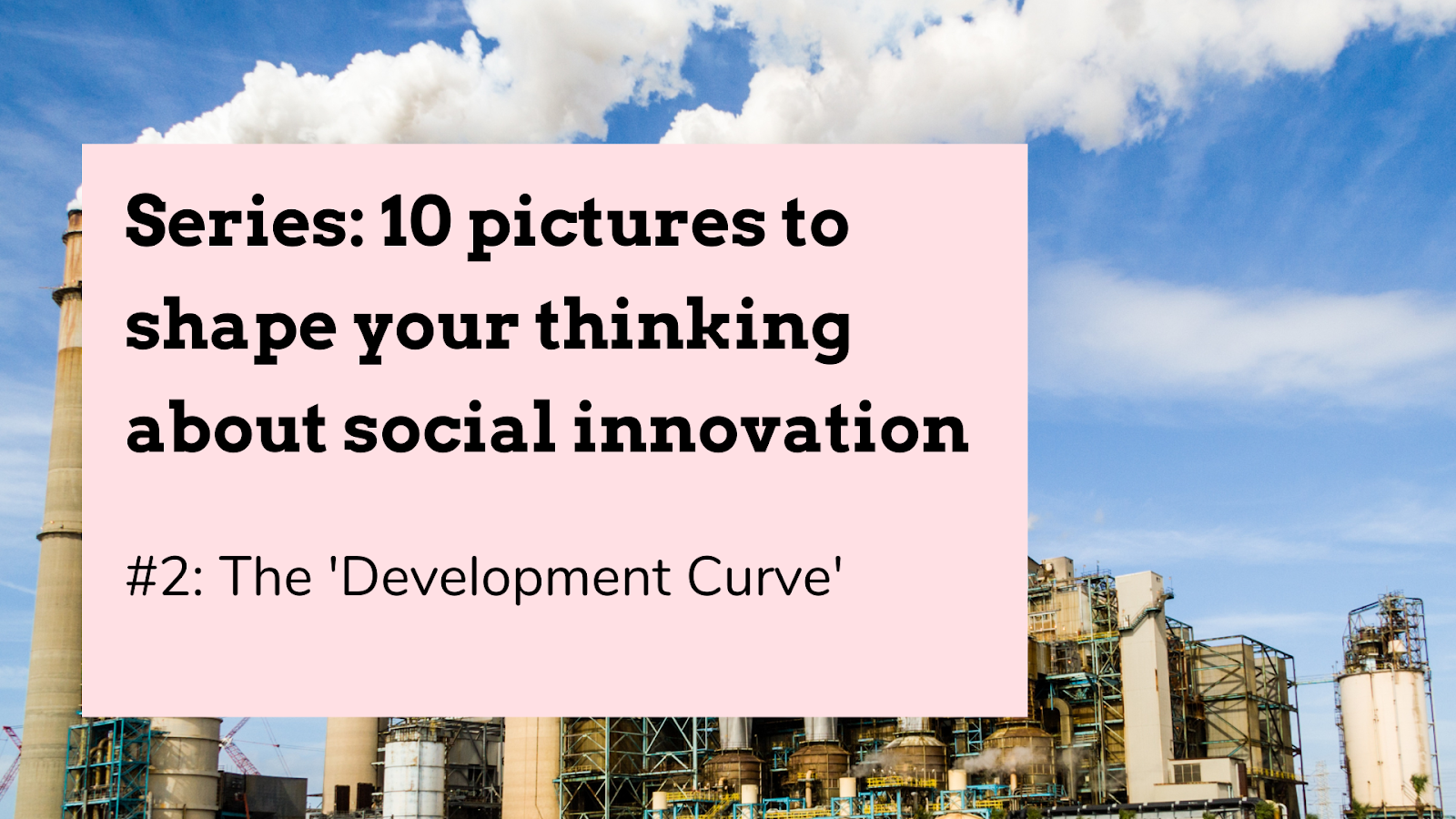
The Development Curve
blog | Words Matt Berry | 04 Nov 2022
In this 10-part series, we share 10 different pictures that can help us to make sense of the big complex world of social innovation and systems change.
#2: The ‘Development Curve’
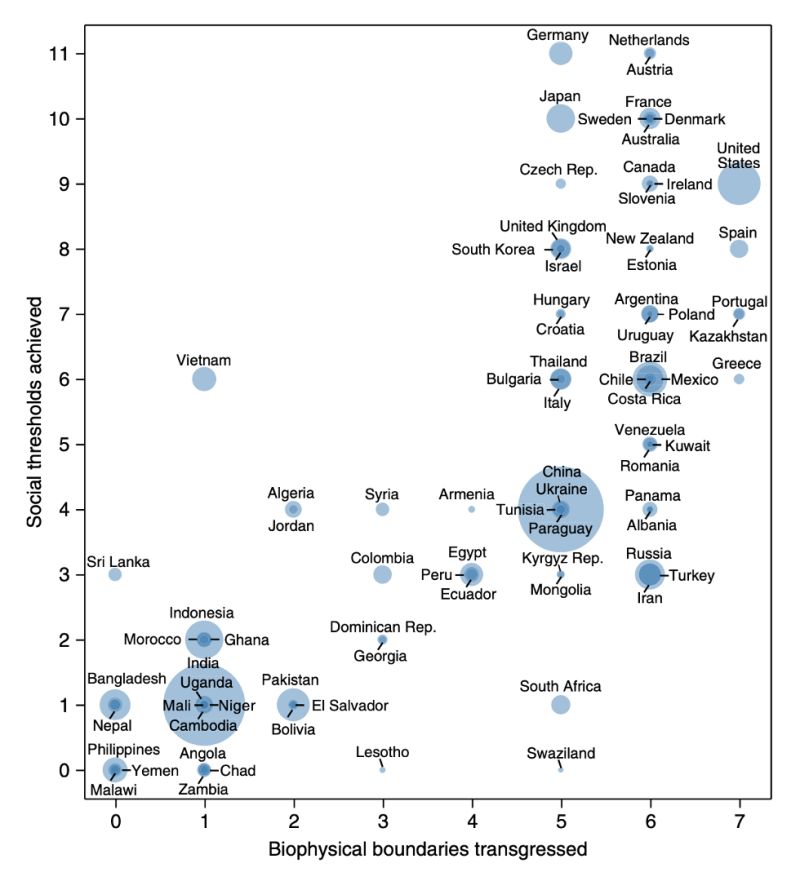
What does it say?
The significance of this picture can take a little while to sink in.
This research mapped 150+ countries based on social thresholds achieved (essentially, how many of 11 basic needs is a country reliably meeting for its citizens?) vs biophysical boundaries transgressed (how many of 7 ecological limits are they overstepping?). It’s using Kate Raworth’s doughnut framework from the first instalment of this blog series. The ‘safe and just space’ is in the top left corner: all thresholds achieved, no boundaries transgressed.
But no country in the world is even close! The USA is just as far away as Uganda; Australia just as far away as Bangladesh.
How is it being used?
This graph comes from the University of Leeds, where they’re exploring what it will take to create “a good life for all within planetary boundaries”. It’s inspired more research on the kinds of ‘provisioning systems’ that help countries achieve this goal (e.g. improved public service quality, robust democratic participation, and universal electricity access).
This research has also boosted the rising ‘Degrowth’ movement, which hopes to displace the goal of endless economic growth and focus on the radical changes we need to make to bring our economies in line with the social goals we really care about, and our non-negotiable ecological limits.
Why is it important?
So what’s it got to do with design and innovation work?
This picture really calls into question the core stories of progress and development that drive a lot of innovation work. Tracing a line through this data, you can see the ‘development curve’ of the past few hundred years for what it really is: a process of trading off ecological limits for social needs.
Global North countries like us are in a very different place to countries in the Global South, and Australia faces a very different challenge to Bangladesh: we’ll need to walk very different paths to move into the safe and just space. But no country can claim to have finished developing, and crucially, we can’t afford for the Global South to copy our formula for ‘development’.
That means we need a whole lot of innovation to carve a path for everyone everywhere to move into the safe and just space where their needs are met within the means of the planet. This is a much more nuanced goal than just ‘innovation and progress’, and it’s so helpful to have this context when we’re thinking about what design and innovation work is trying to achieve.
Follow Matt Norman on LinkedIn for more insights and ideas about social innovation.
More in this series
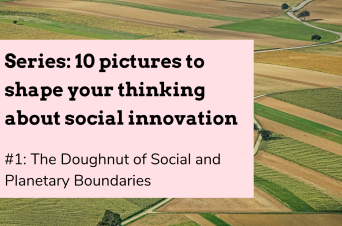
The Doughnut of Social and Planetary Boundaries
In this blog series, I want to share 10 different pictures I’ve come across in my work and my studies that have helped me to make sense of the big complex world of social innovation and systems change.
04 Nov 22
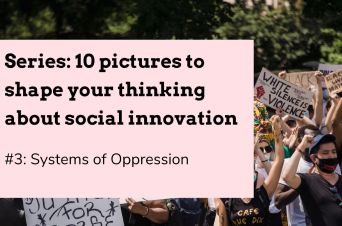
Systems of Oppression
The next in our 10-part series sharing different pictures that can help us to make sense of the big complex world of social innovation and systems change.
11 Nov 22
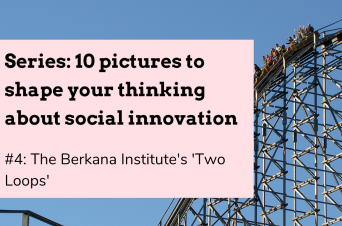
The Berkana Institute’s ‘Two Loops’
In this 10-part series, we share 10 different pictures that can help us to make sense of the big complex world of social innovation and systems change
11 Nov 22